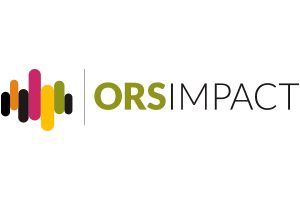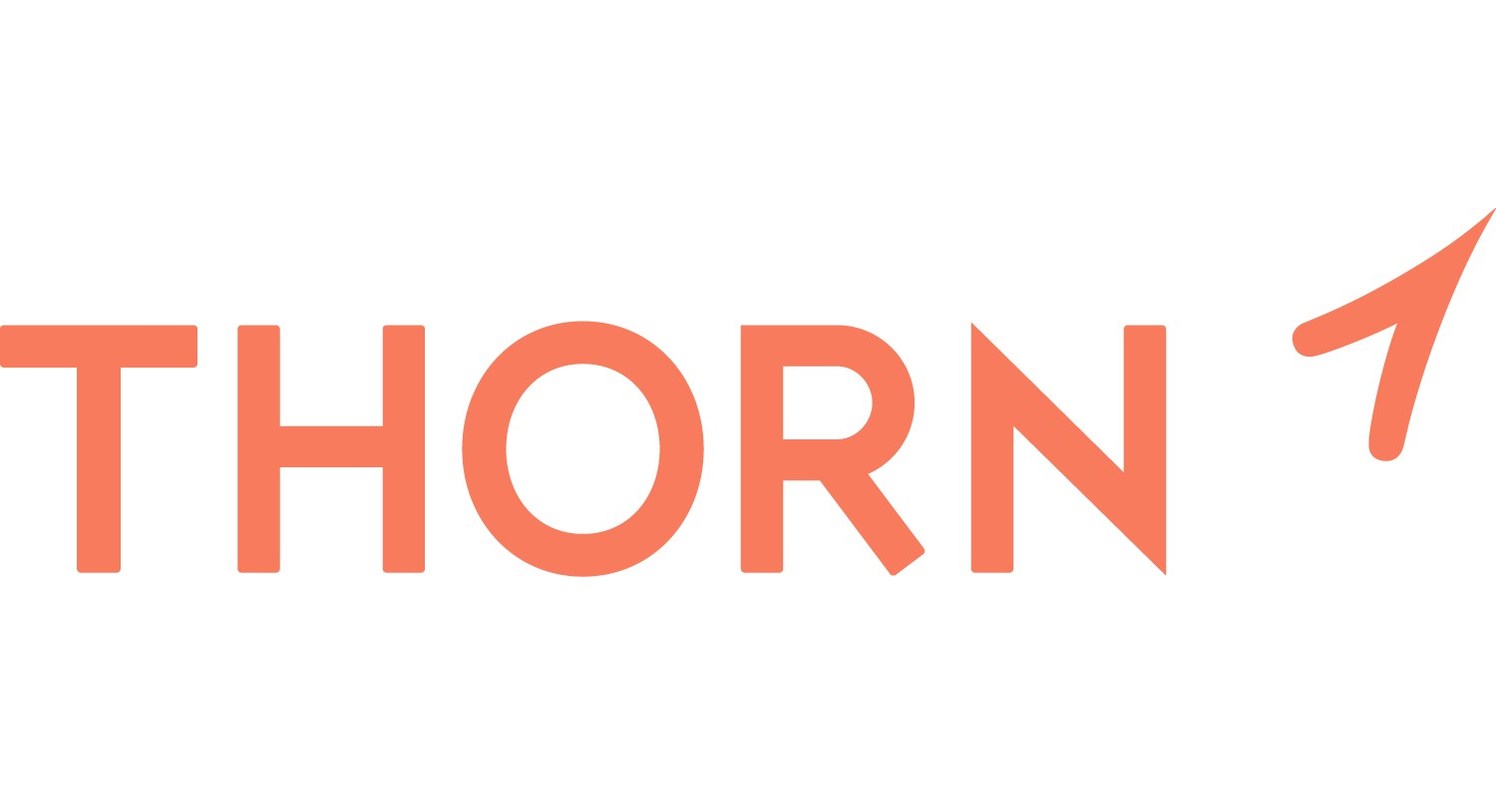For young people, aging out of foster care is a significant step in their life journey. These young adults now find themselves on the brink of independence, sometimes without a ready support system or accessible resources to help them as … Read More
Child Welfare

Developments in Interstate Compact Law and Practice 2022
The year 2022 was an interesting year for interstate compacts. While there were no blockbuster judicial decisions, one was decided in 2023. New York v. New Jersey, an original jurisdiction case filed at the beginning of 2022, involved a question … Read More

Babies in Care Proceedings: What Do We Know About Parents with Learning Disabilities or Difficulties?
This mixed method study, completed by the Institute of Public Care at Oxford Brookes University in September 2023, explored three important questions about parents with learning disabilities and learning difficulties in relation to care proceedings involving their babies. The study … Read More

State-level Data for Understanding Child Welfare in the United States
This comprehensive child welfare resource provides state and national data on child maltreatment, foster care, kinship caregiving, permanency, and older youth in care. The data are essential to help policymakers understand how many children and youth come in contact with … Read More

New Framework Highlights Holistic Prevention Strategies to Support Family Well-Being
The child welfare industry is increasingly prioritizing and investing in prevention—strategies that equip families with the tools and resources they need to thrive before their situation escalates to crisis. In support of these efforts, Chapin Hall, in partnership with the … Read More

The Current State of Youth Homelessness Approaches: Insights and Observations
Introduction As of 2018, researchers have estimated that over 700,000 adolescent minors, or 1 in 30 of the population of 13- to 17-year-olds, have experienced homelessness. These numbers are even more alarming when looking at young adults ages 18-25, of … Read More

Examining the Importance of Developmental Relationships for Young People
Developmental relationships—or relationships with supportive adults and peers—are critical for young people, especially young people who grow up in challenging circumstances like the child welfare system. Developmental relationships have many benefits, including helping young people shape their lives, build resilience, … Read More

LGBTQ+ Young People Are At Higher Risk For Childhood Adversity
What are adverse childhood experiences? Adverse childhood experiences (ACEs) are potentially traumatic events that occur in childhood (0–17 years) including experiencing violence, abuse, or neglect; witnessing violence in the home or community; or having a family member attempt or die … Read More

Safety by Design for Generative AI: Preventing Child Sexual Abuse
Issue Overview Offline and online sexual harms against children have been accelerated by the internet. The child safety ecosystem is already overtaxed. In 2022 reports to the National Center for Missing and Exploited Children (NCMEC) contained over 88 million files … Read More

Incorporating Lived Experience Into Child Welfare Capacity Building
Purpose and Scope The purpose of this brief is to inform child welfare professionals about the work being done by the Child Welfare Capacity Building Collaborative (The Collaborative), which includes the Center for Courts, Center for States, and the Center … Read More
